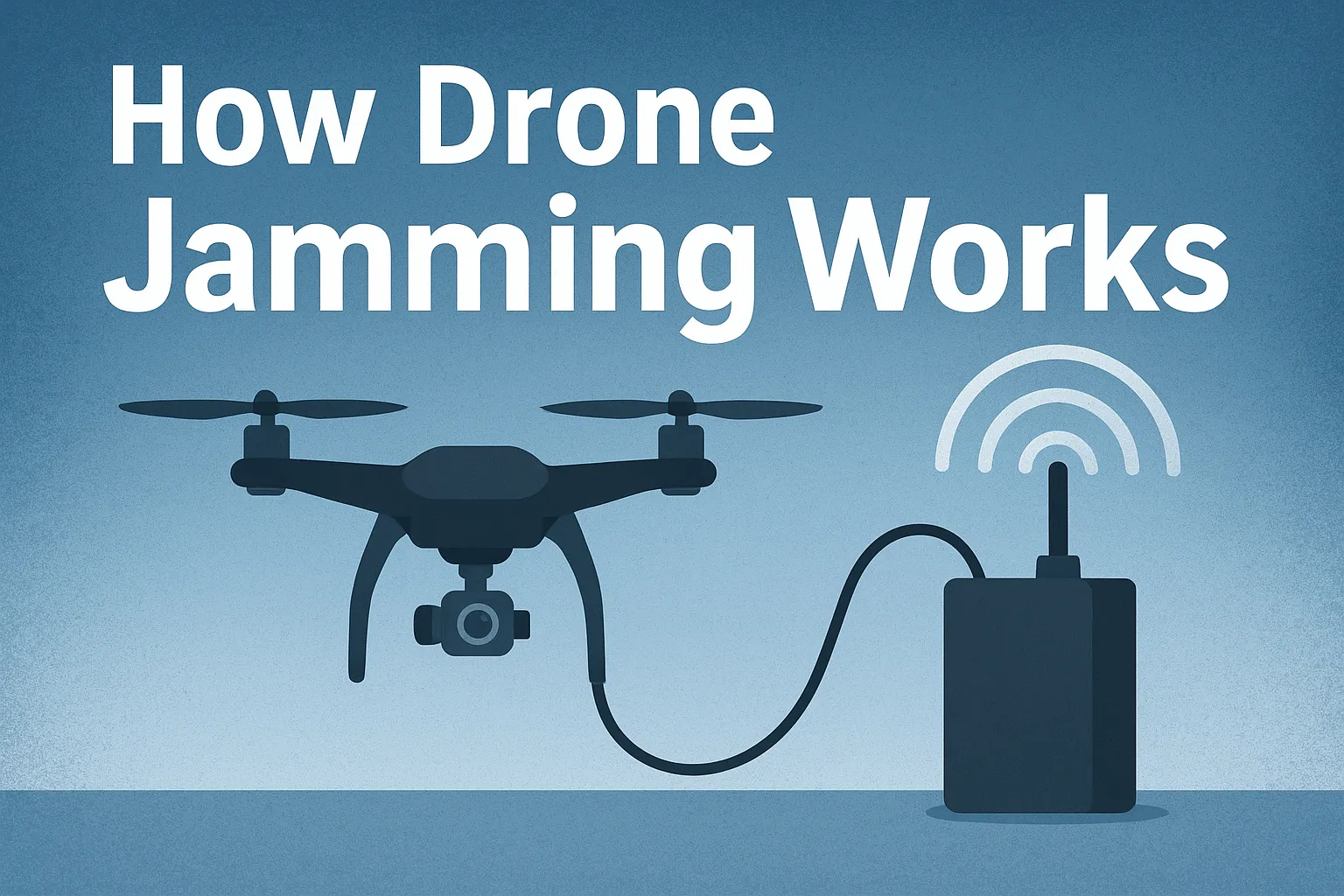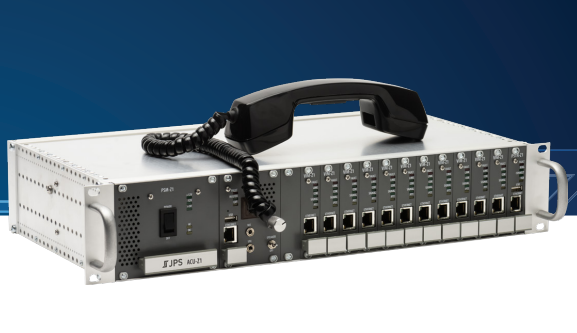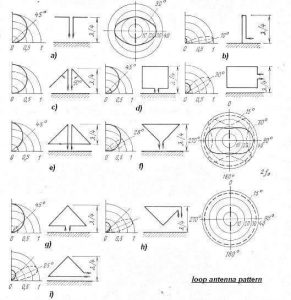9M2PJU
airport drone security, anti drone technology, caam drone regulations, counter uas systems, drone communication signals, drone failsafe behavior, drone interference, drone jammer, drone jamming, drone laws malaysia, drone privacy malaysia, drone safety guide, fiber optic drone, gps jamming vs drone, how drone jamming works, how drones lose signal, jamming drones explained, rf interference drones, tethered drone security, what happens when drone loses signal
9M2PJU
0 Comments
How Drone Jamming Works: Guide to Modern Counter-UAS Technology
Consumer drones have become incredibly capable in just a few years. What used to be a niche gadget for hobbyists is now widely used in filmmaking, surveying, agriculture, infrastructure inspection, and even emergency response. But as drones grow more common, so do concerns about safety, privacy, and unauthorized flights in restricted areas.
This is where drone jamming enters the conversation. Airports, government agencies, and security teams around the world invest in systems that can safely handle drones entering sensitive airspace. At the same time, most people still have no idea how these systems work.
This article breaks down the concepts behind drone jamming — in plain, human-friendly language — without diving into anything illegal or instructional. Instead, we focus on the principle, the technology, and why it matters.
What Is Drone Jamming?
Drone jamming refers to the process of disrupting a drone’s wireless communication links so that it can no longer operate normally. Nearly all consumer drones depend on radio waves for:
- control signals
- live video feed
- telemetry and status information
- GPS or GNSS positioning
If those radio links are interrupted, the drone will either lose control, lose navigation, or automatically enter a failsafe mode such as hovering, landing, or returning to its home point.
Why Would Anyone Need Drone Jamming?
Authorized organizations use counter-drone systems for legitimate reasons:
- Airport safety: preventing drones from entering flight paths
- National security: securing borders, military areas, and events
- VIP protection: shielding high-profile gatherings from aerial threats
- Industrial safety: keeping drones away from power plants or refineries
Drone jamming is a controlled response used only by entities with legal authority. In most countries, including Malaysia, civilians are prohibited from jamming any radio signals.
The Core Idea Behind Jamming: Overpower the Signal
A drone communicates using radio waves in the same way your phone connects to Wi-Fi. If another signal is transmitted at a stronger intensity on the same frequency, the drone can no longer “hear” its controller.
This does not destroy the drone — it simply disrupts communication.
Once this happens, the drone behaves according to its failsafe programming. Most modern drones are designed to avoid crashing, so they typically:
- hover in place
- land gently
- or return to their take-off point
The specific behaviour varies by manufacturer, but the goal is always safety.
The Three Types of Jamming a Drone May Experience
1. Control-Link Interference
This is the simplest concept. Nearly all drones use the 2.4 GHz and 5.8 GHz bands for their control and telemetry signals. When these frequencies are flooded with interference, the drone loses contact with its remote controller.
2. Video Downlink Interference
Drones that stream live video back to their operator also rely on radio frequencies. Disrupting this link blinds the operator, even if the drone still has control.
3. GPS / GNSS Denial
Drones depend heavily on GPS for stable flight. Because GPS signals are extremely weak by the time they reach Earth, even a small amount of interference can cause the drone to drift, become unstable, or fail to navigate accurately.
However, some advanced drones can still fly using vision sensors and inertial measurement units even when GPS is lost.
Why Some Drones Cannot Be Jammed
It surprises many people, but not all drones can be jammed.
For example, tethered drones using fiber-optic cables do not rely on radio signals for control or data. Because they are physically connected to a ground station, RF jamming has no effect on them. These are commonly used for:
- long-duration surveillance
- emergency communication towers
- industrial or military operations
In these cases, the data link is essentially immune to radio interference.
The Legal Reality: Jamming Is Restricted Everywhere
Regardless of the technology, it’s important to understand that jamming radio signals is illegal for civilians in most jurisdictions. In Malaysia, the Communications and Multimedia Act strictly prohibits operating any device that interferes with licensed radio services.
This means individuals cannot use:
- jamming guns
- RF disruptors
- signal blockers
- GPS jammers
Only government-authorised agencies have the right to use counter-UAS tools.
What Ordinary People Should Do Instead
If a drone is flying too close to your property or appears suspicious, the correct actions are:
- Observe and document the behaviour
- Report it to local authorities or CAAM
- Use physical privacy measures (screening, barriers, curtains, etc.)
- Avoid confronting or interfering with the aircraft
Interfering with a drone is as illegal as interfering with any aircraft.
Final Thoughts
Drone jamming is a fascinating subject with real-world impact. Understanding how it works helps us see the wider picture of airspace safety, security technology, and drone regulation. While the concept may seem like something out of a movie, the underlying principle is simple: disrupt the communication link, and the drone can no longer operate as intended.
As drones continue to evolve, so will counter-drone technologies. The balance between innovation, safety, and regulation will be an important discussion for years to come.







Post Comment